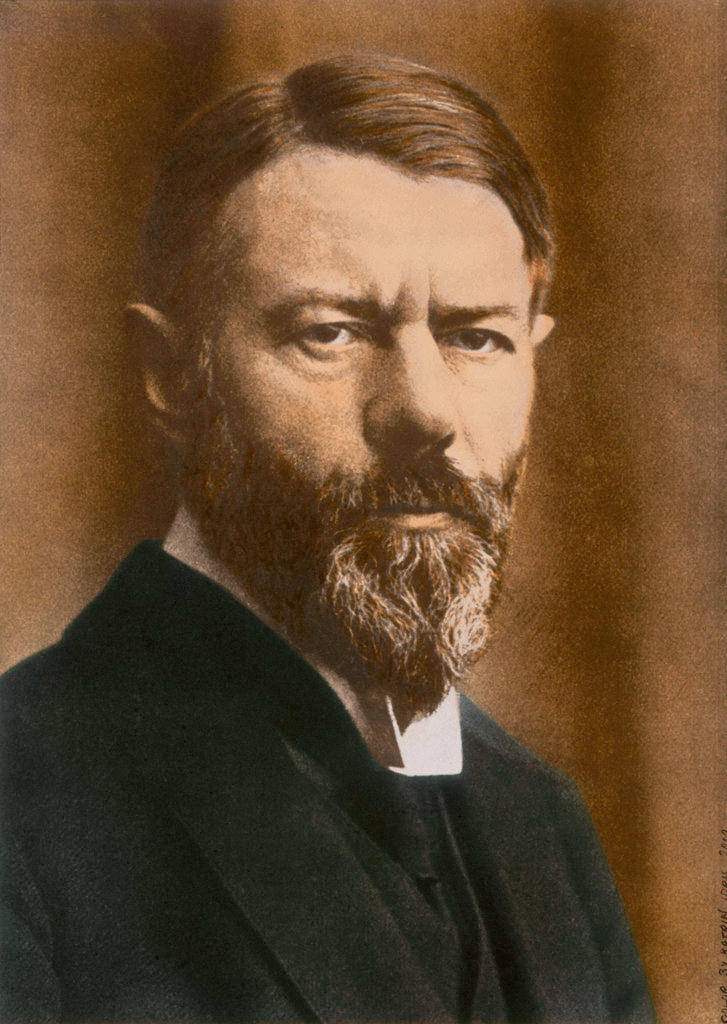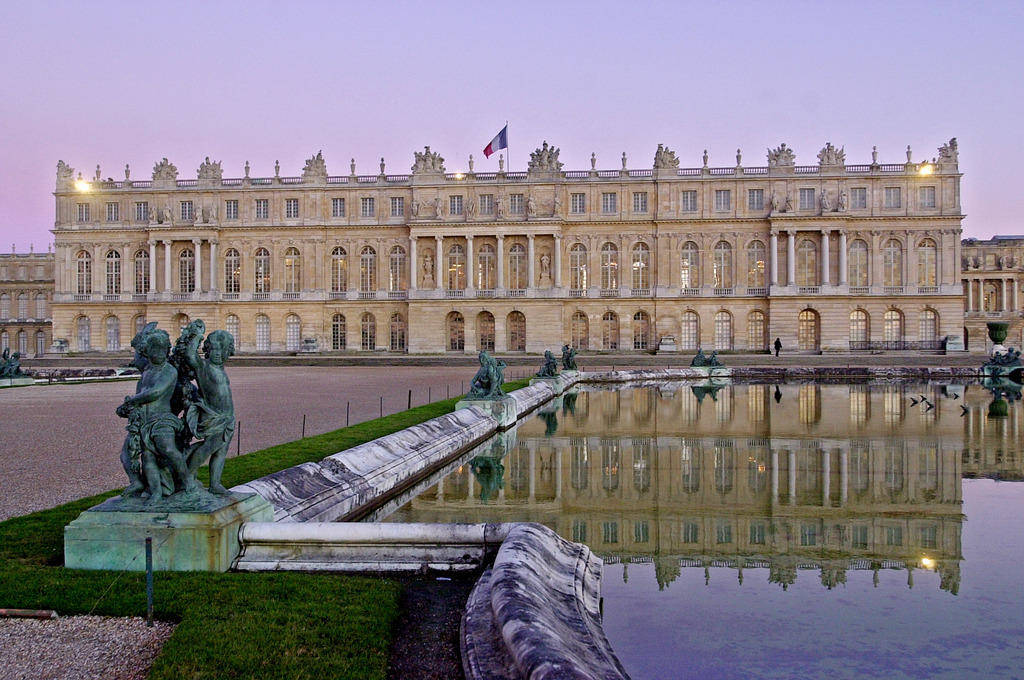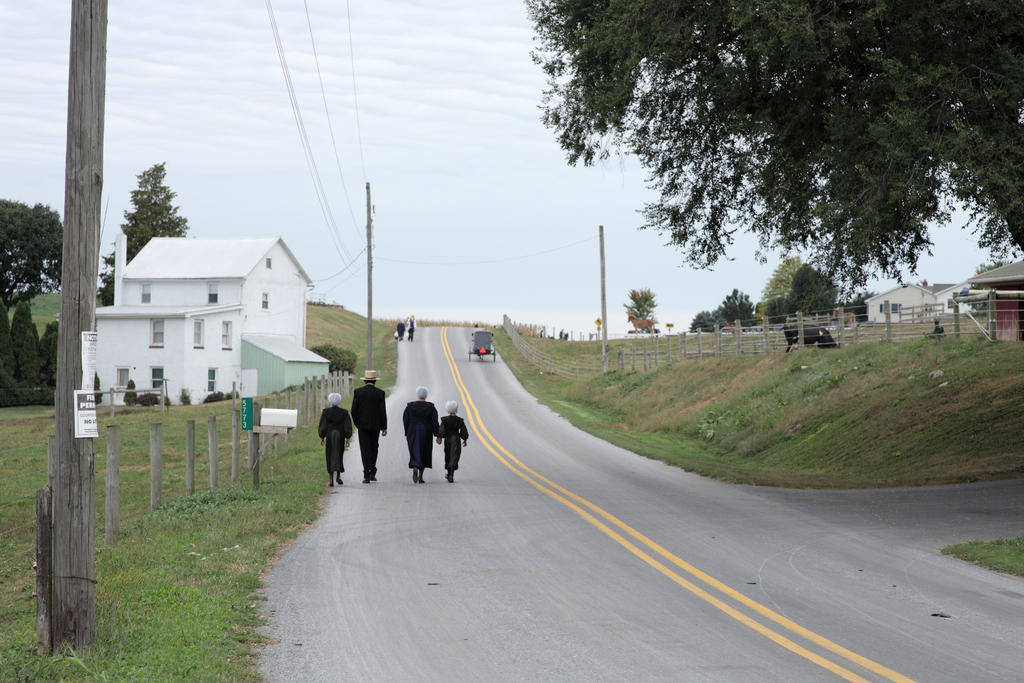500 years of the Reformation
500 years of the ReformationSwitzerland, the other cradle of Protestantism
Historic
The history of the Reformation and Protestantism in Switzerland
How Switzerland became a centre of the Reformation
How Switzerland became a centre of the Reformation

When a German Augustinian monk named Martin Luther published his 95 theses against indulgences in 1517, Europe was already in a ferment of renewal. Many voices were calling for reform of the Church. The Renaissance and the invention of printing with movable types facilitated the spread of new ideas. At the same time, the voyages of discovery were changing perceptions of the world.

Fertile terrain
Fertile terrain

The central figure of the Reformation in Zurich was Huldrych Zwingli, a priest who arrived there from St Gallen in 1519. In the space of a few years he completely transformed the Church, to the point when in 1525 Zurich officially abolished the Catholic mass. Zwingli, even before Luther, translated the Bible into German.

Break with Luther
Break with Luther

The break with Luther had important consequences for the Reformation in Switzerland. With the German focus lost, Zwingli’s church intensified its contacts with Geneva, where the movement of reform was being spearheaded by Calvin. In 1566 the two churches reached an agreement on doctrine (known as the Confessio helvetica posterior) which definitively established the role of Switzerland as the second great focus of the Reformation – an alternative to Luther.

‘Protestant Rome’
‘Protestant Rome’

In the second half of the 16th century, thousands of religious refugees from France, Italy and elsewhere found refuge in Geneva. Calvinism spread far beyond the borders of the city. The Reformation according to Calvin’s teaching became the strongest religious movement in the Netherlands and Scotland, and became the state religion in the German Palatinate.
In Italy the Waldenses, descended from a heretical movement in the Middle Ages, adopted Protestantism of the Calvinist variety in 1536. Also Calvinist in their views were the French Huguenots, who eventually, towards the end of the 17th century, were forced to leave France and brought their commercial and industrial talents to other European countries, notably Switzerland, England and Prussia.
Calvinism even played a key role in English history in the 17th century. The religious ideas developed in Geneva travelled on the ships of freedom-seeking Puritan colonists to the shores of the New World, where they later played a very significant part in the construction of an American identity.

Conflict and mediation
Conflict and mediation

The so-called “Kappel wars” between a coalition of Protestant cantons led by Zurich and the Catholic cantons of central Switzerland were the first wars of religion in Europe. In the second Kappel war in 1531, Zwingli himself died on the battlefield.
The tensions and hatreds lived on for centuries. But some conflicts were able to be resolved peacefully. For example, Inner Appenzell, which was Catholic, and Outer Appenzell, which was Protestant, agreed to separate in 1597 and thus resolved their differences without bloodshed.

Reformation and Swiss identity
Reformation and Swiss identity

On the other hand, the common interests of the federated states often prevailed over religious differences; all the more so because religious boundaries tended not to coincide with language and political boundaries. In the brief civil war of 1847 for example, the division between liberal and conservative forces was only partly denominationally based, and did not at all correspond to language boundaries.
The Protestant ethic certainly contributed significantly to the formation of the Swiss identity. Yet in the course of the 20th century, due to the gradual secularisation of society but also to immigration from southern Europe, Protestantism has lost the demographic upper hand in most of the traditionally Protestant Swiss cantons. Today it is only in canton Bern that Protestants still form an absolute majority; in cantons Appenzell Ausser Rhoden and Thurgau they remain the largest denomination.

VideoGeneva’s stony-faced reformers
The building of the International Monument to the Reformation – also known as Reformation Wall – began in 1908 and was only completed in 1917, mainly due to the interruptions of the First World War. Financed by public and private donations from Switzerland and other Protestant countries, the sculpture celebrates the major moments in Reformation history, and even today remains – along with the Jet d’Eau fountain – Geneva’s best-known symbol.
VideoInternational Museum of the Reformation
In 2007, the MIR was the winner of the “Museum Prize”, awarded each year since 1977 by the Council of Europe to showcase institutions offering a significant contribution to public knowledge of Europe’s cultural heritage.
Religious landscape
Switzerland's diverse religious landscape
“Faith is a vision of things not seen”John Calvin, Protestant theologian
For centuries, there was little change. According to the principle of “cuius regio, eius religio” (i.e. a region is bound by the faith of its ruler) cantons no longer switched religions. Demographic change was weak and Swiss society remained predominantly rural.
But things began to evolve from the middle of the 19th century. The establishment of the federal state system in 1848 allowed citizens to move to and live in any part of the country. In addition, booming industries in the more urban (Protestant) cantons began to attract influxes of workers from the more rural (often Catholic) cantons.
And it was during the second half of the 20th century that this shift really accelerated. The secularisation of society seen throughout the western world, as well as mass immigration from regions of southern Catholic Europe, largely modified the Swiss religious make-up.
Today Switzerland is no longer a majority Protestant country. Catholics are now the largest denomination, while non-European religions are also more and more visible. The number of people who claim to have no religion – an unthinkable phenomenon some years ago – has never been so large. Indeed, when it comes to religion, the current age is defined above all by diversity.
The cohabiting religions of Switzerland
Source of wealth
Protestantism as a source of wealth
The Reformation: motor of economic development?
The Reformation: motor of economic development?
From the 17th century, the Protestant regions of Europe seemed economically more dynamic than regions with a Catholic majority, as was noted by contemporary authors. The financial crisis of 2008 brought back echoes of the idea of a fundamental economic difference between the Protestant North and the Catholic South. Many recalled German sociologist Max Weber’s classic work “The Protestant Ethic and the Spirit of Capitalism”, published a century ago. But the matter is not so simple.
“On the principal square, beautiful and well-appointed houses meet the eye, and nearby, in the next streets, one finds wretched hovels where poverty if not misery reigns”, wrote Geneva lawyer and mountain-climber Jean-Louis Binet-Hentsch in 1862 in one of the first tourist guides to deal with the Poschiavo Valley in canton Grisons. He goes on to say: “Never was the contrast, often noted and described, between Protestant populations and Catholic populations in countries where they are mixed, so striking as it is here.”
Economic divergence
Economic divergence

Again, the flight of Protestant populations from one region of the continent to another, like that of the French Huguenots to Switzerland, the Netherlands and Prussia, of Locarno Protestants to Zurich and even Mennonites to North America had resulted in a transfer of commercial and productive abilities to the receiving countries, thus favouring economic development there.
To take the Swiss case, a surprising proof of different economic dynamism as between Protestant and Catholic regions is provided by the example of canton Appenzell, which separated in 1597 into a Catholic part (Appenzell Inner Rhoden) and a Protestant part (Appenzell Ausser Rhoden). As historian and politician Josef Lang pointed out in a recent blog for the Tages-Anzeiger newspaper, the population of the Catholic part grew by only 30% between 1530 and 1730, whereas in the Protestant part it expanded sixfold, becoming one of the most densely populated regions in Europe thanks to the development of the textile industry there.

Max Weber’s theories
Max Weber’s theories

Weber identified some ideas contained in Protestantism as the ethical bases favouring the development of the capitalist economy. One was the notion of “profession”, first used by Martin Luther and taken up by other strands of Protestantism, which referred to a God-given life’s work (in German the word Beruf basically means “calling”). Another was the “ascetic” approach of John Calvin to the accumulation of wealth: he considered wealth morally commendable as long as it was not spent on luxury or enjoyment of the things of this world but reinvested in business.
Weber’s intention was not to establish a cause-and-effect relationship between the Reformation and capitalism, as popularisers of his views sometimes tried to do, but to point out analogies between religious thinking and the “spirit of capitalism”. He himself believed that the historic evolution of an economic system arose from a complex interaction of a whole range of factors.

Pre-Reformation capitalism
Pre-Reformation capitalism

If one looks at the map of Europe today, it is apparent that some of the most economically dynamic and advanced regions are traditionally Catholic: Bavaria and parts of Baden-Württemberg, Lombardy, Ireland or, if we are just focusing on Switzerland, the cantons of Zug and Schwyz.
Other authors, while recognising the competitive advantage of Protestant regions, put it down to better education rather than the Reformation ethos itself. The idea of the priesthood of all believers and therefore the necessity for all (including women) to read and know the Bible ensured that literacy spread quickly in regions that had adopted the Reformation. This in turn fostered rapid transfer of knowledge.
Among Weber’s most prominent critics was the Swiss historian Herbert Lüthy, who studied Protestant banks in France between 1685 and 1794. While recognising the importance of Weber’s theory, Lüthy remained sceptical of his generalisations, which were not always supported by the primary sources, and he himself believed that the bases of the capitalist economy had already emerged between the late Middle Ages and the Renaissance.

The Counter-Reformation as a brake
The Counter-Reformation as a brake

Returning to the Swiss case: while industrialisation mainly involved Protestant regions, from the middle of the 19th century on traditionally Catholic cantons like Zug and Solothurn experienced rapid industrial development. The initial ideas and the capital investment usually came from Protestant entrepreneurs, but a new ruling class, Catholic but of liberal views, enabled these initiatives to succeed.
“Clerical distrust of industry might have impeded Protestant industrialisation, if industrialisation had not been able to count on the support of Catholic liberals,” notes Josef Lang about the growth of industry in canton Zug.
In the end, it seems that the cultural and political transformations that happened with the Enlightenment and the French Revolution opened up many more opportunities than the Reformation did to the economic modernisation of the world.

From Switzerland to America
How an Old Order came to thrive in the New World
The Swiss Brethren
The Swiss Brethren

The half-timbered houses of Schlaate – as Schleitheim is called in the local German dialect – can mislead you to believe that it was in one of these old buildings that Michael Sattler gathered with members of the ‘Swiss Brethren’ on February 24, 1527, to draw up the articles of the Schleitheim Confession.
But the oldest of the well-maintained homes, fringed by neat gardens, was only built two to three centuries later. All that hearkens back to the momentous sixteenth century gathering is an early print of the Confession, dating from around 1550, on display in the village museum.
The ‘Brethren’ were part of the fledgling Anabaptist movement that had begun only two years earlier in Zurich, when young radical followers of Huldrych Zwingli broke with the Protestant Reformer. They accused him of making compromises with the authorities, and demanded an end to holy mass and infant baptism.
The split was decisive. The local government, supported by Zwingli, enacted orders to suppress the extreme views and practices of these ‘Anabaptists’, going so far as to execute one of their leaders who refused to desist.
Not only did that fail to stamp out the movement – the authorities may even have fanned the flames. According to the Historical Dictionary of Switzerland, the seven articles of the Schleitheim Confession clearly “set the movement apart, and it constituted itself as the first church separated from the state”. The document’s tenets included the rejection of infant baptism and oaths, and the refusal to bear arms.
Persecution and exile ensued in Switzerland and across Europe. The influence of the movement, which eventually split into sub-groups, was felt across the continent: it spread to Europe’s low countries and as far east as the Vistula delta (Poland today), giving birth to the Hutterites of Moravia (Czech Republic today).

American – and religious – individualism
American – and religious – individualism

Until about the mid-1750s, the Quakers ran colonial Pennsylvania, and were responsible for the fact that it had neither a state-sponsored church nor a militia, according to Anabaptist historian Steven Nolt. He says Mennonites sided with the Quaker government politically, helping it remain in power.
Unlike in Europe at the time, residents of Pennsylvania could become naturalised without swearing an oath, and citizenship didn’t require taking up arms since the state had no militia.
For another Anabaptist scholar, Donald Kraybill, the movement’s legacy in America was the notion of adult baptism – that people should be able to voluntarily join a church.
“It reflected American individualism and the emphasis that the individual has rights, and should make voluntary decisions about religious affiliation, religious participation, and even civic participation. That’s a really important idea,” Kraybill, of Pennsylvania’s Elizabethtown College, explains.
Neither Nolt nor Kraybill wishes to exaggerate the influence of the Anabaptist groups that settled in America. They were, Nolt says, part of Pennsylvania’s diverse mix of immigrant communities that contributed to the state’s distinctive politics.
In numbers, about 80,000 people in Pennsylvania in the 1700s spoke German, which was about one-third of the total population. Most German speakers were either Lutheran or members of the Reformed Church; fewer than 5% were Mennonites or Amish.
Some of the rights introduced in Quaker-led Pennsylvania were extinguished during the American Revolution in 1776 (anyone refusing to swear allegiance lost the right to vote), but were re-issued by 1790.

The Old Order
The Old Order

The advancement of technology and introduction of public education created a rift within the community, laying the foundation for today’s popular image of Mennonites and Amish in straw hats riding in horse-drawn buggies.
“Some Amish and Mennonite voices called for greater recognition of individual religious experience and for a spirituality that was less bound by traditional forms and folkways,” explains Nolt.
“Others declared themselves adherents of the ‘Old Order’, or traditional way of going about life; a way marked by small-scale community scepticism of consumer goods, and a stubborn resistance to adapting the church to bureaucratic forms.”
Nolt says the Old Order Amish, for example, rejected what he describes as a programmatic approach to church that they saw in Sunday schools, mission societies, and higher education.
The difference in lifestyle would become more marked in the early 20th century with the widespread use of electricity, and with the appearance of the telephone and automobile.
But it would be the fundamental belief in non-violence that would pit all Amish and Mennonites, as well as other Christian faiths, once again against the state.

Non-combatants in uniform
Non-combatants in uniform

This led to a gathering of diverse churches – including the Mennonites, Amish, and Quakers –in 1935 to develop contingency plans for conscientious objectors. They succeeded in convincing the US government to introduce an alternative service.
“The resistance of Anabaptist groups to conscription in World War I and World War II galvanised their pacifist identity in American society in the twentieth century,” Kraybill concludes.
Since the Second World War, most notable – and visible due to their traditional customs and dress – has been the growth of the Old Order Amish in both the United States and Canada.
The population has nearly tripled over the past 25 years, and now counts more than 300,000 members in the US alone. Amish groups have spread far from their original bases in Pennsylvania, Ohio, and Indiana to states throughout the US.
Kraybill says the average family has six or more children, and when the children become adults, more than 85% of them choose to remain in the fold. “These two facts propel rapid demographic growth even though they don’t engage in evangelism or proselytising.”
The scholar argues that part of the reason the groups are flourishing is due to their ability to “negotiate with modernity” by using certain computer, agricultural, and business technologies selectively when it suits their needs. This, Kraybill says, “enables the traditional groups to not only thrive but to also maintain a distinctive Old Order identity”.
Kraybill estimates that there are about 12,000 Amish manufacturers of various products, which have a high reputation for quality and value – and “carry a nostalgic charm of early American life”.
But it’s not nostalgia that binds the Amish and Mennonites to the past. It’s the tenets laid down by the Anabaptists half a millennium ago in Switzerland.
Authors
Andrea Tognina (Chapters 1 and 3) / Dale Bechtel (chapter 4) / Olivier Pauchard / Duc-Quang Nguyen (graphics)
Photos
Keystone (unless otherwise mentioned)
Production
Luca Schüpbach, © 2017 swissinfo.ch
























 500 years of the Reformation
500 years of the Reformation
 The history of the Reformation and Protestantism in Switzerland
The history of the Reformation and Protestantism in Switzerland
 Switzerland's diverse religious landscape
Switzerland's diverse religious landscape
 Protestantism as a source of wealth
Protestantism as a source of wealth
 How an Old Order came to thrive in the New World
How an Old Order came to thrive in the New World